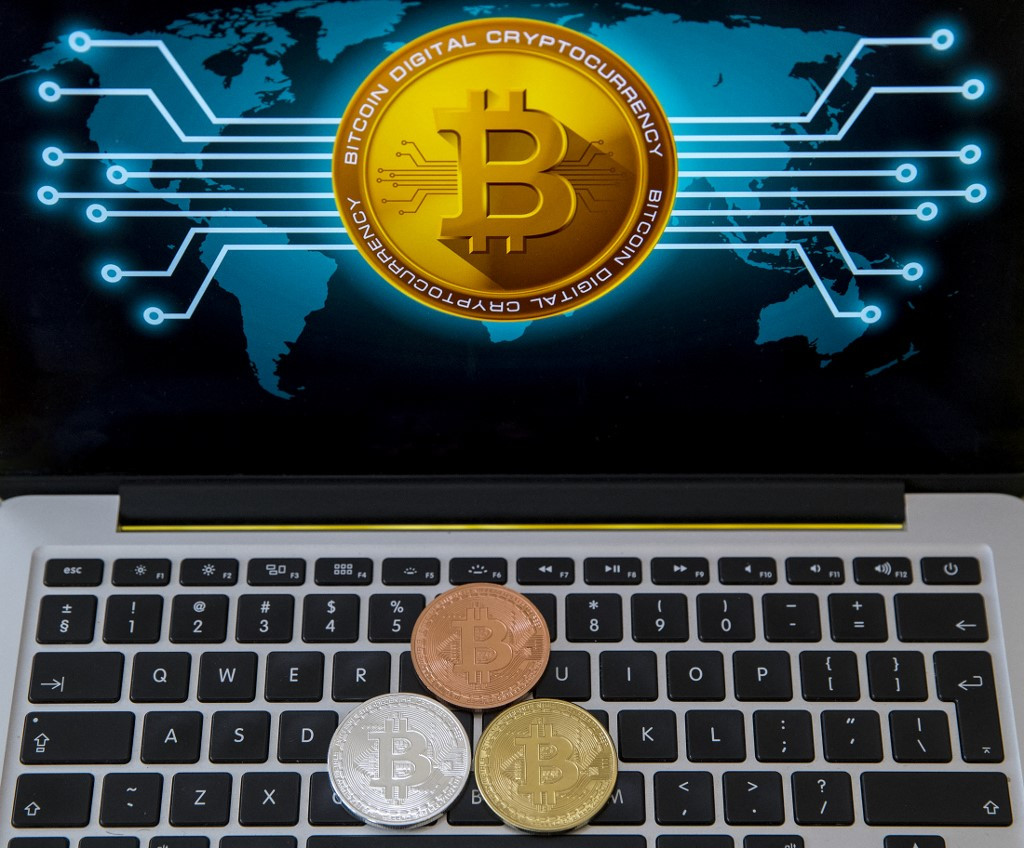Popular Reads
Top Results
Can't find what you're looking for?
View all search resultsPopular Reads
Top Results
Can't find what you're looking for?
View all search resultsPreparing Indonesian central bank digital currency under Garuda project
Digital Rupiah should contribute to increasing financial inclusion by helping more people to access financial services and participate in the economy.
Change text size
Gift Premium Articles
to Anyone
E
very June 1 we commemorate Pancasila Day (the birthday of Pancasila), which marks the first time the initial concept of Pancasila was introduced as the state ideology of Indonesia. The embodiment of Pancasila ideology is symbolized by the mythical Garuda bird as one of national identity.
Using the Garuda Project headline, Bank Indonesia (BI) initiated the issuance of the Indonesian Central Bank Digital Currency (CBDC), under the name Digital Rupiah, as an endeavor to maintain rupiah sovereignty in the digital era.
The "birth" of Digital Rupiah in the midst of the current era of digital disruption is not a simple matter. A measurable and appropriate design of Digital Rupiah is required, so that its presence will not have a counterproductive impact on the national economy.
In the White Paper on the development of Digital Rupiah, it is stated Digital Rupiah will be issued in two types, namely Digital Rupiah wholesale (w-Digital Rupiah) and Digital Rupiah retail (r-Digital Rupiah).
W-Digital Rupiah has limited access coverage and is only distributed for wholesale transaction settlements such as monetary operations, foreign exchange market transactions and money market transactions. Meanwhile, the scope of r-Digital Rupiah access is open to the public and distributed for various retail transactions, both in the form of payment transactions and transfers by personal/individuals or businesses (merchants and corporations).
The entire Digital Rupiah business model will be built in an integrated manner from end to end based on the aspects of integration, interoperability and interconnection (3i). Digital Rupiah is expected to fill the limitations of existing currencies by acting as a core instrument for BI in carrying out its mandate in the digital era.
Then, what are the important features and things are considered to be offered by Digital Rupiah to function as intended and be widely adopted?
The first and most crucial feature of Digital Rupiah is stability and security. In the midst of emerging cases in the crypto market detrimental to society, stability and security are unique selling points of CBDC. Backed by reserves and guaranteed by BI as the central bank, Digital Rupiah must have a stable value to maintain market confidence and prevent excessive volatility.
Everything related to digital is often perceived as vulnerable to cyberattacks and technological disruptions. For this reason, Digital Rupiah must have strong security features, which include a robust encryption system and protocol to protect transactions. This can be designed by, among other things, choosing the right blockchain technology and network scope. Several literature studies on CBDCs mention technology criteria that can be implemented for CBDCs, including permissioned DLT with a private network.
Another important feature of Digital Rupiah is accessibility and interoperability. For CBDC to be widely adopted, it must have a high degree of accessibility. In the case of w-Digital Rupiah, all users must be able to access and use the platform without any barriers or restrictions regardless of location and size of business scale, unless further arrangements are required in order to maintain governance.
Likewise, r-Digital Rupiah must be accessible to all segments of society, including those who do not have a bank account or do not have access to traditional financial services. Thus, Digital Rupiah can contribute to increasing financial inclusion by helping more people to access financial services and participate in the economy. Therefore, the Digital Rupiah platform must be user-friendly and accessible through various devices that are easily understood by the general public.
Interoperability is also a key aspect that can help increase the use of Digital Rupiah. Interoperability refers to Digital Rupiah's ability to work seamlessly with both financial assets and other payment systems, including payment systems that already exist in today's society. As a new form of payment system, it is important for CBDCs to seamlessly integrate with the existing financial ecosystem.
Thus, Digital Rupiah (especially w-Digital Rupiah) can be used in various financial sectors in an easy and convenient way for investors, traders and users. In addition, by being able to operate Digital Rupiah in the current payment system, people do not feel they have to change to a new system and eliminate the payment system they are used to. For example, r-Digital Rupiah is featured with fast and easy transfers between users, payments using QR codes and integration with e-wallets on e-commerce and Super App.
Furthermore, if Digital Rupiah is to be adopted globally, Digital Rupiah interoperability is needed with other CBDC ecosystems. Cross-border payments must be made efficient and seamless to encourage easy integration with other payment systems around the world.
We have seen many crypto-assets can easily make cross-border transfers without any restrictions. If Digital Rupiah has the same capabilities, this will greatly facilitate users and can expand Digital Rupiah acceptance throughout the world.
No less important features of Digital Rupiah are privacy and transparency. Blockchain decentralized technology offers the benefits of faster and more-efficient transactions but raises concerns about privacy and data surveillance. Digital Rupiah must be able to guarantee personal information and user identity will not be misused and damaged by irresponsible parties. Therefore, Digital Rupiah (especially r-Digital Rupiah) must have strong privacy protections, such as end-to-end encryption and data anonymization, to protect users' personal and financial information.
At the same time, transparency in transactions is very important for any digital currency. Likewise, CBDCs must have transparency features, such as transaction visibility and audit trails, to maintain public trust and prevent illicit activities, such as money laundering and terrorist financing. Therefore, Digital Rupiah (especially w-Digital Rupiah) must implement a transparent system that allows wholesale transactions to be seen by all related parties. This will create an environment of trust and accountability, which will increase Digital Rupiah adoption.
Finally, Digital Rupiah is a showcase of innovation and collaboration. CBDC is a relatively new concept that requires continuous innovation and collaboration among stakeholders to improve their functionality and adoption rate. Therefore, Digital Rupiah must have a dynamic and responsive development process, involving various sectors, such as regulators, banks, fintech and consumers, to identify and respond to emerging challenges and opportunities.
In addition, the development of Digital Rupiah must have an open-minded approach to experimentation and customization, which allows users to have more control over their transactions and financial profiles.
The issuance of the Digital Rupiah White Paper on Nov. 30, 2022, marked the first time Garuda Project had been put forward as an initiative for digital currency development in Indonesia. Digital Rupiah has great potential as the future digital currency in Indonesia, which will revolutionize the entire financial landscape.
By considering and focusing on the important features, Digital Rupiah can achieve the desired goal of widespread adoption. If these features are implemented effectively, the "birth" of Digital Rupiah could lead to a new era of digital currency in Indonesia that will have far-reaching impacts on the country's economy.
***
The writer is an analyst at Bank Indonesia. The views expressed are her own.










